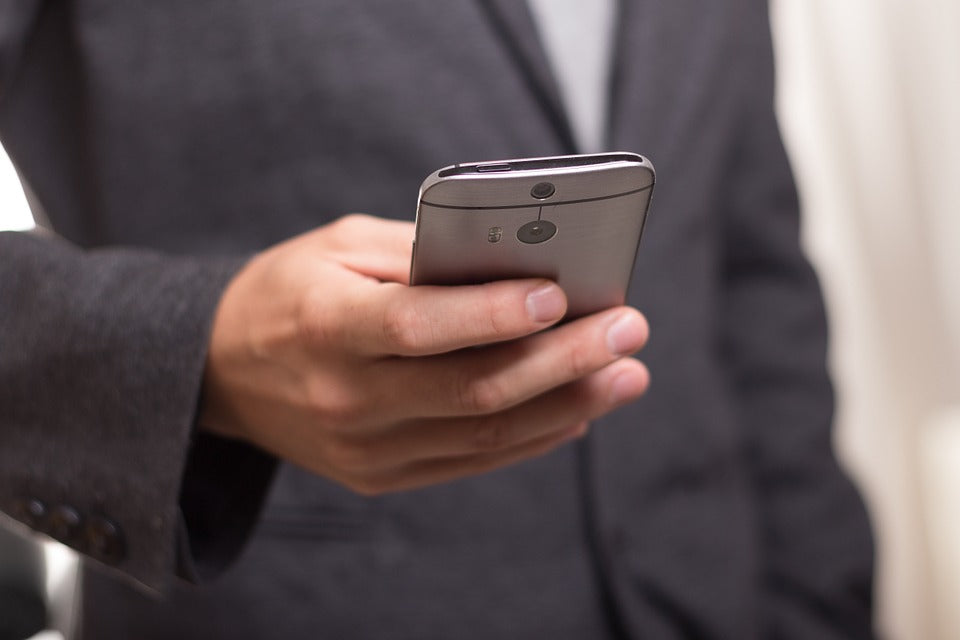Business casual has become the preferred style among many men, and for good reason. Whether you work in a traditional "office" job or not, this unique style blends the lines of casual and formal attire to create a truly stunning appearance that's guaranteed to enhance your look. To learn more about business casual and how to achieve it with your outfit, keep reading.
What is Business Casual?
If you asked ten different fashion experts this question, you would probably get ten different answers. As explained by Wikipedia, there is no universal standard for the term. Some people have different definitions of the term business casual, which can undoubtedly lead to confusion. However, an article published by
BusinessInsider seems to hit the nail on the head, defining business casual as having "...
slacks or khakis, dress shirt or blouse, open-collar or polo shirt, optional tie or seasonal sport coat, a dress or skirt at knee-length or below, a tailored blazer, knit shirt or sweater, and loafers or dress shoes that cover all or most of the foot. "
Long story short, business casual is less dressy than a suit, often featuring slacks or khakis with a button-up dress shirt or polo shirt, necktie, dress shoes, and optional outerwear. This unique blend of casual and formal attire makes it a versatile style that can worn for any number of different occasions. From business meetings and events to birthday parties, weddings or just a night on the town, you can't go wrong with business casual. To really take full advantage of this style and everything it has to offer, however, there are a few things you should know.
Business Casual Shirts
Let's go ahead and cover the most important element of business casual attire: the shirt. As stated above, business casual for men typically consists of either a polo or button-up shirt, both of which are excellent choices. Polo shirts are obviously the better choice for the summer months when the temperatures are hot, whereas button-ups are better for the cold fall and winter months. With that said, however, you can wear either style of shirt at any given time of the year, regardless of the season or temperature. The key thing to remember when choosing shirts for business casual is that it doesn't have to maintain the same formality as a suit shirt, meaning you'll have more freedom regarding the choice of colors and styles.

Trousers
Now that you know a little but about what shirts to wear for a business casual outfit, you might be wondering what trousers to pair them with. Khakis tend to work well for business casual, although the single most popular style of pants for this look are chinos. Although they look similar to khakis, chinos have a few subtle yet important differences. They are generally made with a lighter, thinner cotton and have a slimmer fit. You can find them available in a wide range of colors, including traditional khaki colors as well as white, brown and tan.
Necktie or No Necktie?
That is the question. If you choose to wear a polo shirt, it's obviously best to skip the necktie (neckties don't look right with polo shirts). However, if you choose to wear a traditional button-up shirt, a necktie can be used to enhance your appearance by adding a subtle touch of style that really works well for business casual attire. Of course, the trick to wearing a necktie is choosing the right color and style. Consider your overall outfit and whether or not the necktie flows cohesively with your look. If you're wearing a navy blue button-up shirt, for instance, you shouldn't wear a similar navy-colored necktie, as the two will blend together to create an unflattering appearance.
Accessories
Accessories can make or break a business casual look. While there's no rule stating that you must accessorize your business casual outfit, doing so will enhance your look. A wristwatch, for instance, is a simple accessory that offers both aesthetic and functional benefits. It adds a unique element to your look while also allowing you to keep track of time.
Business Casual Shoes
Don't underestimate the importance of choosing the right shoes for your business casual outfit. Unfortunately, this is an area where many guys mess up. They assume that it's okay to wear sneakers or traditional athletic shoes. After all, business casual contains the word "casual," so it must be appropriate? Well, this isn't the case. To achieve an authentic business casual look, you'll need to selectively choose the right footwear. Instead of wearing sneakers or other casual shoes, go for a pair of dressier shoes, like loafers, Oxfords or Derbys. All of three of these shoes are excellent choices for business casual, as they balance the fine line between formal and casual wear. Shoes that are strictly formal may look awkward with a business casual outfit, so stick with either a pair of leather loafers, Oxfords or Derbys.
Brown or Black for Business Casual?
One of the great things about business casual attire is the simple fact that it gives you freedom to choose your own colors. You can choose from traditional colors like brown and white, or you can go with something a little more bold, like navy. Keep in mind, however, that brown generally works best for business casual, more so than black. Black is traditionally viewed as a formal color, which is why you often see it in weddings and other formal events. Brown, while still somewhat formal, is more casual than its black counterpart, making it ideal for business casual attire. This doesn't necessarily mean that you have to wear brown, rather if you're stuck choosing between it and black, stick with brown. It's a safe, classic choice that goes with all styles of clothing.
This post should give you a better understanding of business casual attire for men. It's a relatively new style that encompasses elements of both casual and formal clothing to create a balanced look.



